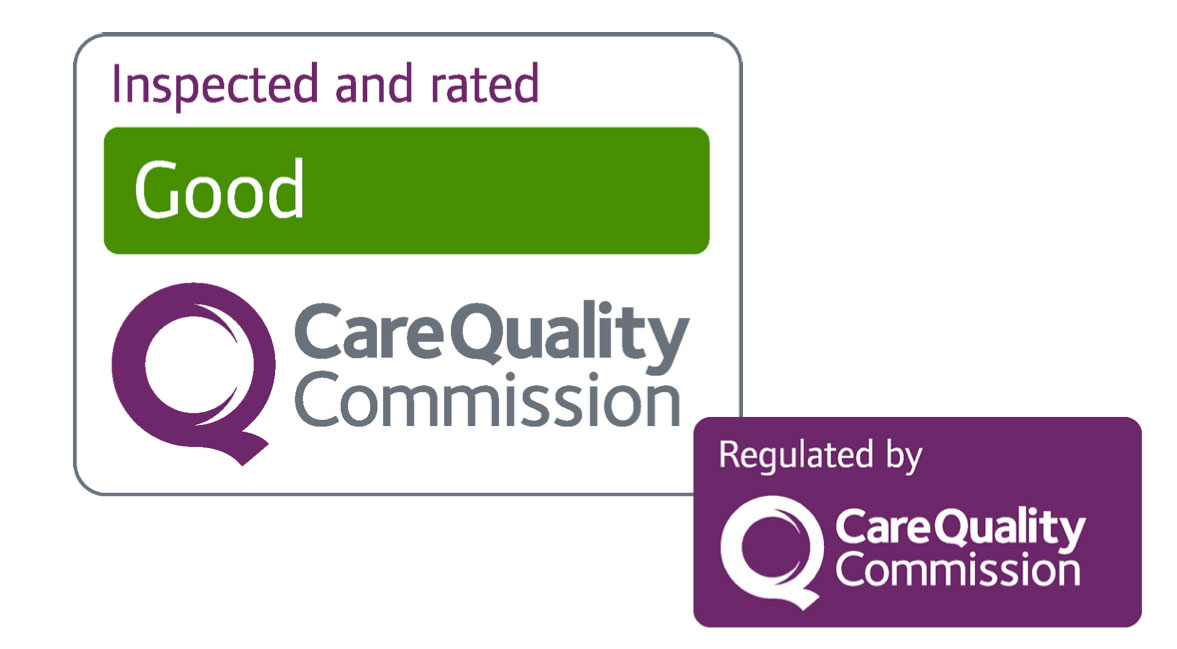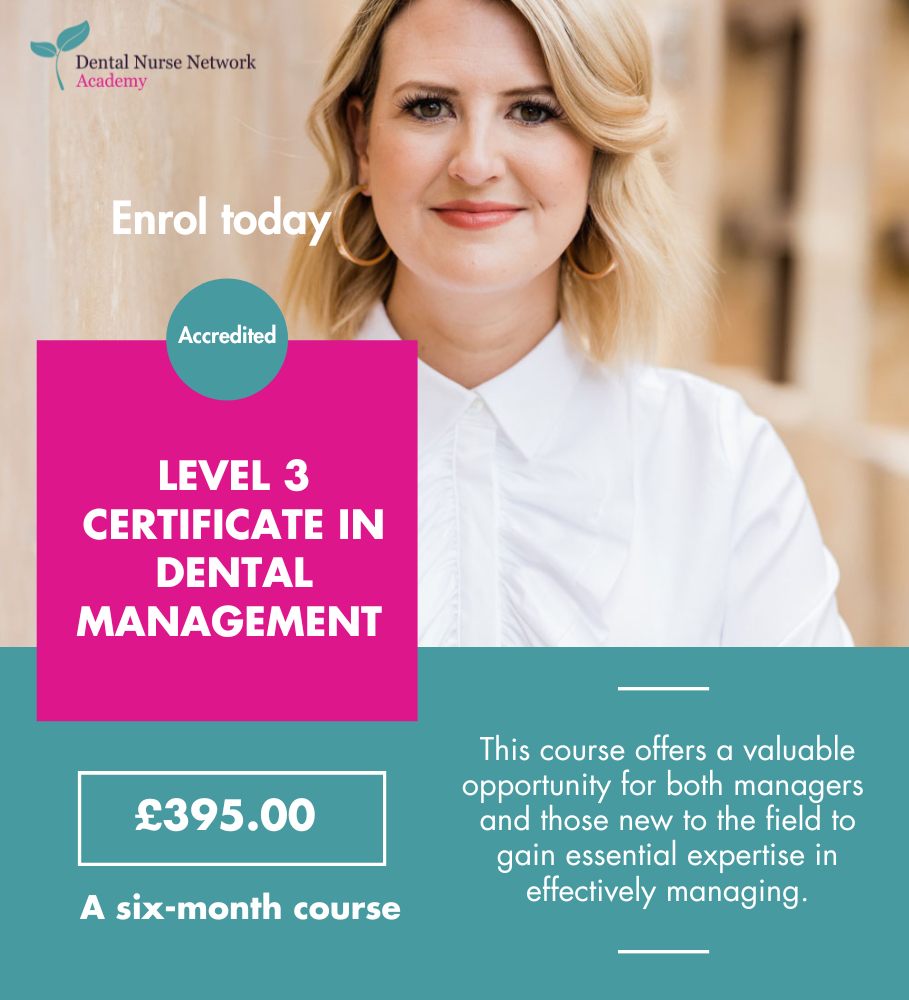 CQC inspection – the words that can drive a sense of dread into many a dental care professional. The prospect can bring worry and stress as you frantically try and ensure you are doing everything perfectly so that your practice passes with flying colours. But what does an inspection actually involve?
CQC inspection – the words that can drive a sense of dread into many a dental care professional. The prospect can bring worry and stress as you frantically try and ensure you are doing everything perfectly so that your practice passes with flying colours. But what does an inspection actually involve?
What is the CQC?
The CQC, or Care Quality Commission, is the independent regulator of health and social care in England. It is the CQC’s duty to ensure that health and social care services are providing high-quality care, and it encourages improvements in all settings by monitoring, inspecting and regulating services. Its findings are published for the general public and, in instances of poor care, it can take action.
The five Key Lines of Enquiry, or KLOEs, help the CQC to assess if a setting is:
- Safe
- Effective
- Caring
- Well-Led
- Responsive
Each KLOE covers specific requirements within the practice which you must meet, and they are all looked at as part of a CQC inspection. You can find further information on the KLOEs here: https://www.cqc.org.uk/guidance-providers/adult-social-care/key-lines-enquiry-adult-social-care-services
Changes to KLOEs
The CQC is introducing a new single assessment framework, which is expected to be implemented across 2023 and 2024. This new framework changes the way we are monitored while still upholding the five key values shown in the KLOEs. However, the actual KLOEs will be replaced with new quality statements. These statements will provide a focus for specific areas for each question asked, while keeping the expectations and experiences of users at the centre of the standard of care.
As well as six new evidence categories, there are also plans for registration to be based upon this new framework in the way of an assessment activity for providers, with the overall aim to be a focus on what is important to those who use health and social care services while allowing us all to keep an up-to-date view on quality.
You can read more on the new framework, and its progress, here: https://www.cqc.org.uk/news/update-our-plan-and-approach-transformation-april-2023
and here: https://www.cqc.org.uk/assessment
What does an inspection involve?
Management will usually be given a two-week warning prior to the inspection, which can be used to ensure that compliance is up to date and that any outstanding tasks, such as audits or equipment services, have been scheduled or completed. It is an opportune time to also check that the practice meets standard requirements, such as completion of staff and patient surveys and up-to-date staff CPD and recruitment files. Management will also be given paperwork to complete within this time frame, detailing staff recruitment and compliance.
During the two weeks, a phone call with management will be scheduled to discuss the inspection day proceedings. This will include confirming who is on site, blocking off time in clinics for discussions with clinicians, and advising of any paperwork that must be available on the day.
Inspection day will see two inspectors working within the practice in separate areas. The clinical inspector will assess and observe the decontamination process, clinical waste storage and disposal and surgery set-up. Most importantly, they will review patients’ clinical notes. This will be to check that clinicians are adequately documenting diagnosis, discussion, and consent within NICE guidelines.
The second inspector will focus on compliance documents and will ask to see recent risk assessments and audits. They will check to see how these are actioned and reviewed. They will also look at medicine management and will check over policies and procedures for the practice and how staff understand them. They will also assess staff recruitment files, including indemnity, GDC, CPD, and DBS checks.
Patient care will be assessed through discussions with patients attending that day and through reviews of previous complaints and patient surveys. They will also conduct informal discussions with the team to check knowledge, understanding, experience and level of support within the practice.
The inspectors will also hold meetings with the clinicians on-site, and will check their knowledge, experience and understanding during the discussion.
Depending on the size of the practice and other factors, a CQC inspection can take approximately six hours. However, this is simply a guide. The inspection being shorter or longer than this does not indicate any issues.
What happens post-inspection?
The inspectors will provide a report detailing their findings and will allow 24–48 hours to correct any potential issues and provide evidence of the improvement. Once completed, a draft report will be sent for management to review, allowing them to address any comments in the report which they believe are not factually accurate. Once the report is settled, it is then published for the general public to view along with the CQC rating for the practice.
How can you prepare?
Firstly, ensure all of your CPD is up to date. In particular, the inspectors will want to look at safeguarding, legionella, CPR training, and sepsis awareness. You may also want to brush up on your infection control knowledge and, if you are radiograph-qualified, make sure you have completed the minimum requirements with IR(M)ER and any refresher courses. CPD is part of your GDC registration and should therefore be completed already, so make sure you have the most recent certificates available for your employer and the inspectors.
If your role involves completing risk assessments, audits, and daily checks, then make sure that these are all present and up to date. You need to be able to show a paper trail of historic records, and it can’t hurt to have something in place which shows how you monitor when each is due and when they require reviews. These audits and risk assessments should flag up any issues, such as placement of sharps boxes and potential hazards, as well as management of medicines and fire safety procedures.
Lastly, make sure that all equipment servicing – such as the general dental equipment and fire alarms – is up to date and well documented. The last thing you want is to realise you are overdue for a service on an important piece of equipment!
Conclusion
I have always firmly believed that as long as you have been doing your job to the best of your knowledge and ability, there is very little to worry about come inspection time. This is because you will have been keeping your knowledge up to date via CPD courses, training, and general practice, and if you are responsible for audits, checks, and risk assessments, you will have been completing them appropriately and in a timely manner to remain compliant.
It can be very easy to feel stress and worry in case you have missed anything without realising, but the two weeks’ prep time is more than enough for you to check your bases and ensure you have everything in place. If something comes up in the inspection as missing, then don’t forget that you’ll be given time to correct it.
In short, keep doing your job as best as you can, keep your eyes peeled for anything that seems out of place, and raise any concerns or issues with management as soon as you notice them. By being proactive in the workplace, you will always be prepared for a CQC inspection – and you’ll be able to pass with flying colours!
Written by Natasha Garthwaite RDN, BSc

